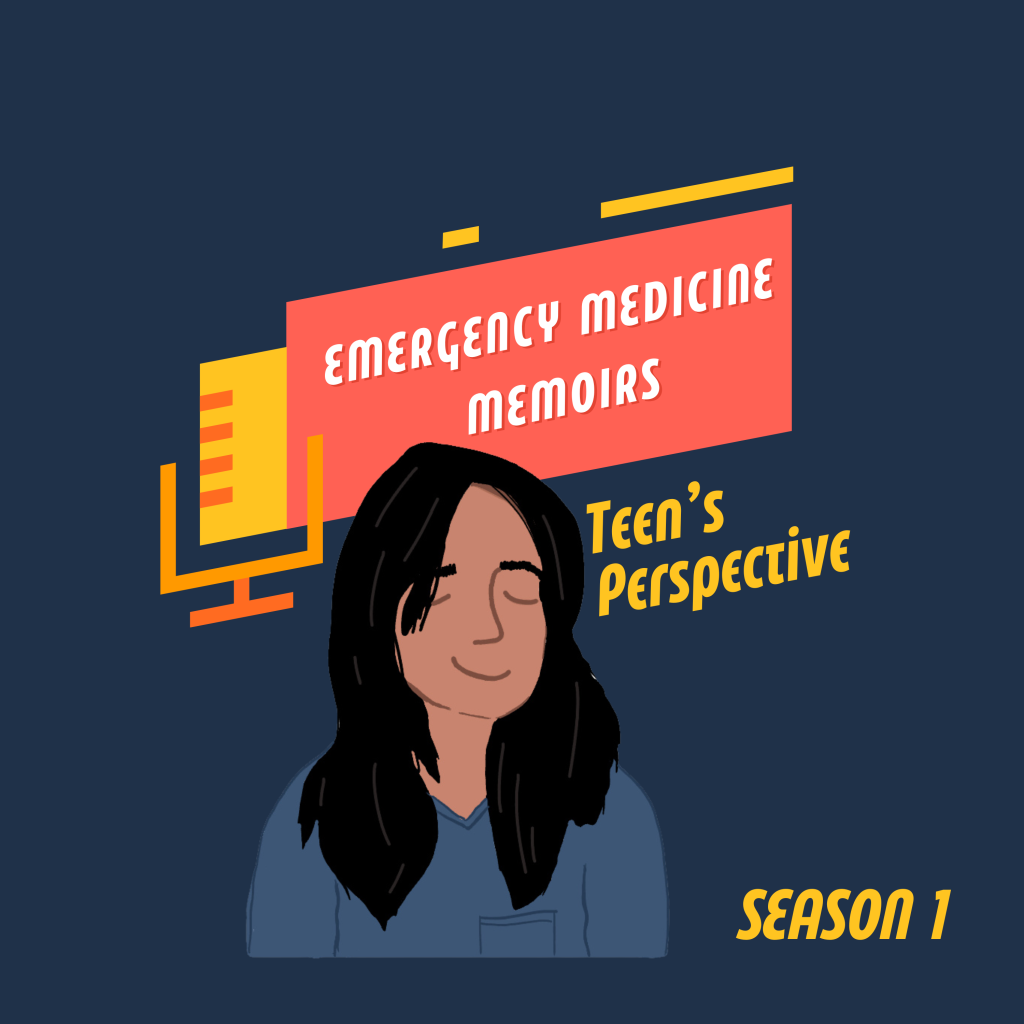Hey, y’all! I interviewed CS Barnhart with the Austin Travis County EMS in today’s episode. We talked about her experiences and opinions on EMS. I hope you enjoy it! This episode will be the first part of the two-part segment of CS Barnhart’s interview.

Meet Paramedic Barnhart – 1/2 – Emergency Medicine Memoirs
This episode with CS Barnhart talks about how different yet similar the jobs in the first responder field are. CS Barnhart mentions how she originally wanted to go into law enforcement rather than EMS. Looking back, she realizes that she still experiences aspects of law enforcement in her job. She also talks about the active shooter drill we had earlier in the day with all the first responder units in the Austin-downtown area.
Initially, she delves into the concept that numerous individuals serving as first responders frequently opt for a profession that differs from their current occupation within the first responder field. Like many who eventually find themselves in medicine, CS Barnhart was deterred from it and found medicine quite boring. She, instead, was originally fascinated by law and decided to pursue a career in the Police Department. Still, after an introduction to an EMS basic class, her opinion and view on medicine completely changed. Yet she mentioned that many aspects of law enforcement do show up in medicine. For example, there are instances where medics face the challenge of providing medical treatment to patients without prior knowledge of their condition. In these cases, medics embark on a form of investigative work similar to that of a detective to unravel crucial information about the patient and determine the appropriate course of treatment. They inquire about when the symptoms began, how long they have lasted, if they took any drugs or alcoholic substances, and more. Through careful observation and astute questioning, they aim to pinpoint the exact source of the distress, investigating any visible signs of injury or pain and noting the patient’s verbal and non-verbal cues. Once these steps are completed within mere minutes, the medics can devise a tailored treatment plan.
Next, she addresses the active shooter training we had earlier. Unfortunately, due to the more and more common occurrence of active shooter attacks, the first responders need to train for the situation if it ever does occur. This drill took place in one of the main hospitals in downtown Austin. The PD, AFD, and EMS gathered into formation and entered the hospital, treated the “patients,” and cleared the building, all while treating the drill like an active attack. CS Barnhart reiterated that these drills are necessary for repetition and muscle memory in case these instances occur.
In the end, CS Barnhart highlights how medics, like detectives, engage in investigative work to gather information about patients without prior knowledge, determining the appropriate course of treatment through careful observation and questioning. She also emphasizes the importance of active shooter training for first responders, citing a recent drill where PD, AFD, and EMS worked together to treat simulated patients and clear the building as if it were an actual attack, proving the necessity of repetition and muscle memory for such situations.
